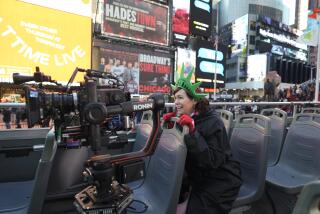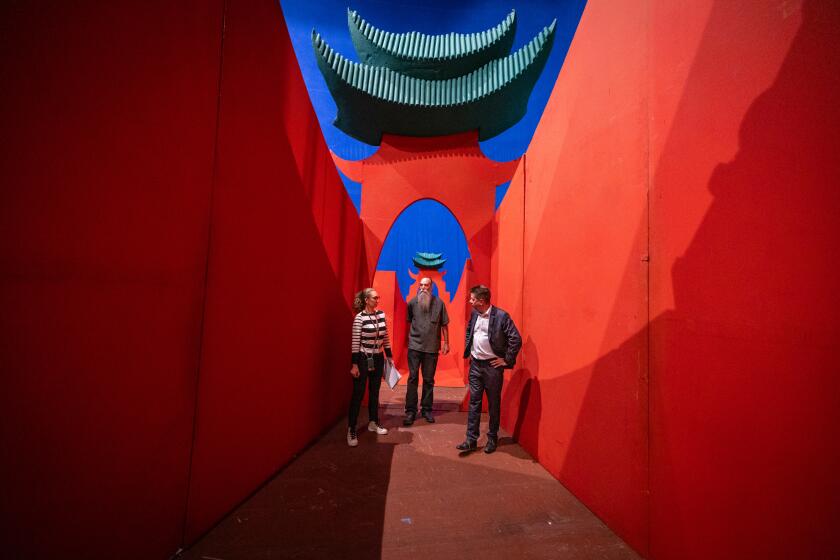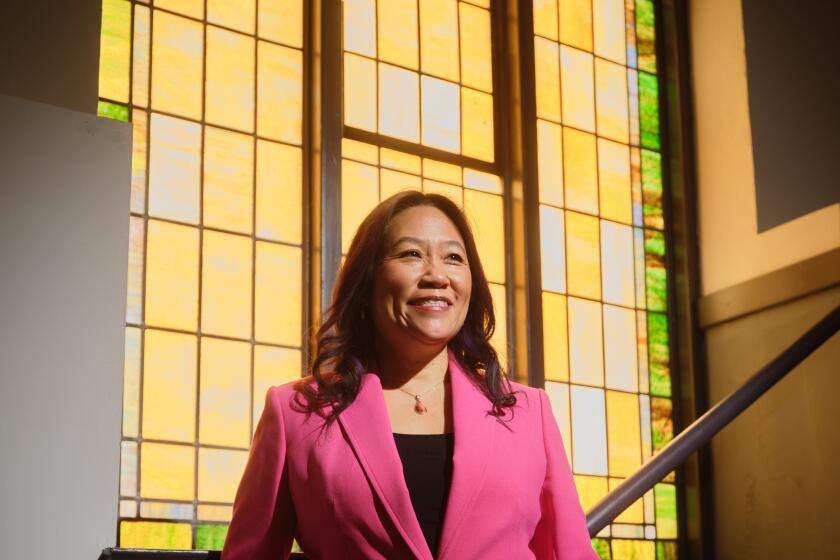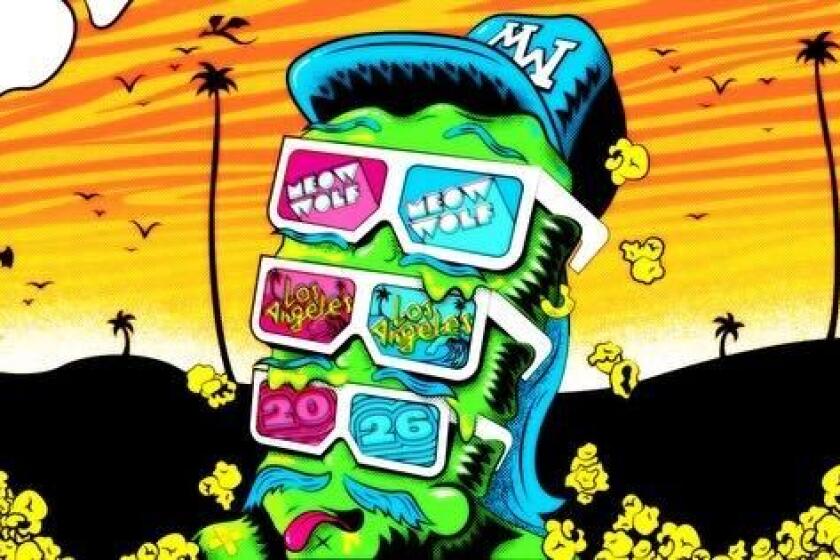Cuba’s Folkloric Dancers Mix Ritual With the Rumba
When adapting social dances for the stage, it’s easy to confuse folklore with show biz--to introduce chorus-line footwork where it doesn’t belong, to hurl dancer vitality in the teeth of the public and to get the customers dancing in the aisles at the end. What audience ever refused to party?
In its first local performance in 15 years, the Cuban National Folkloric Dance Ensemble staged exactly the same kind of delirious participatory finale at the Veterans Wadsworth Theatre on Tuesday that Brazil’s Bale Folclorico da Bahia had mounted at Orange Coast College 10 days earlier. Samba then, rumba now.
Predictably, the local Cuban American community gave the company an ecstatic welcome. But others may have found the modern social dances monopolizing the second act of the 10-part program markedly inferior to the antique Afro-Cuban revelations offered before intermission. For instance, the Act 1 suite drawn from the Yoruba tradition found the company embodying profound extremes of the natural world: day and night, life and death, the nurturing female and the warrior male.
First, 10 women in sunny gold dresses danced happily with baskets on their heads in tribute to the deity Oshun, followed by six men slashing fearfully through the dark with machetes in service to the deity of warfare, Ogun. Next came “Yemaya,” featuring nine women in long blue gowns ornamented with white wave patterns, who swirled their skirts with the force of surf crashing against rocks. These were dances of power, strongly performed and rich in expressive resources.
Other sequences honored the natives and immigrants whose overlapping traditions formed contemporary Cuban identity. Finally, Manolo Micler’s explosive group ritual “Baile de los Apalencados” took you inside that identity and made you see Cuban solidarity as a primal response to centuries of slavery and oppression.
After that, the evening descended to the rumba, mambo and cha-cha-cha. All very entertaining, of course. But this company proved infinitely more memorable when seething defiance or invoking ancient gods than when merely smiling and shaking its hips.
No other local performances are scheduled.
More to Read
The biggest entertainment stories
Get our big stories about Hollywood, film, television, music, arts, culture and more right in your inbox as soon as they publish.
You may occasionally receive promotional content from the Los Angeles Times.






